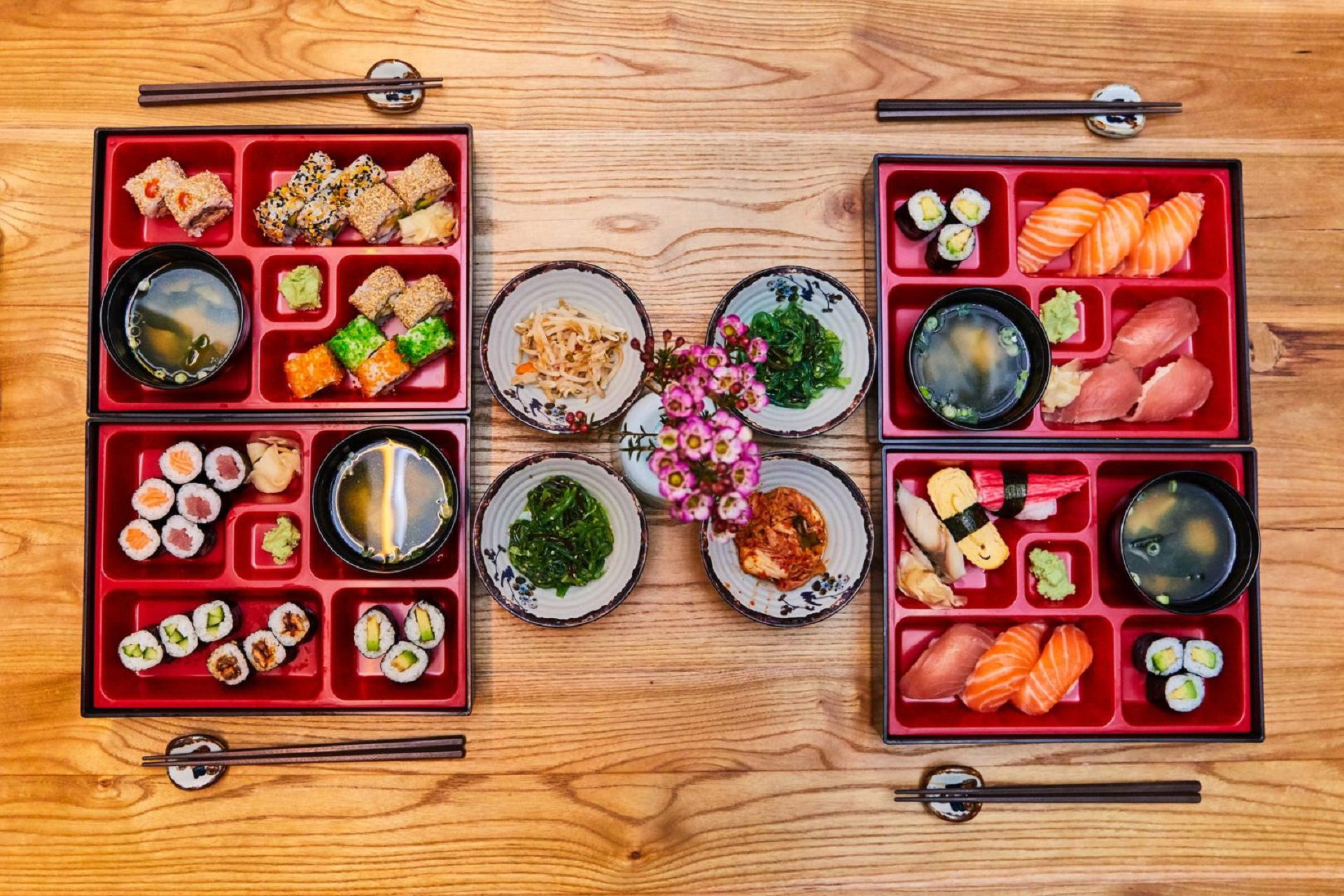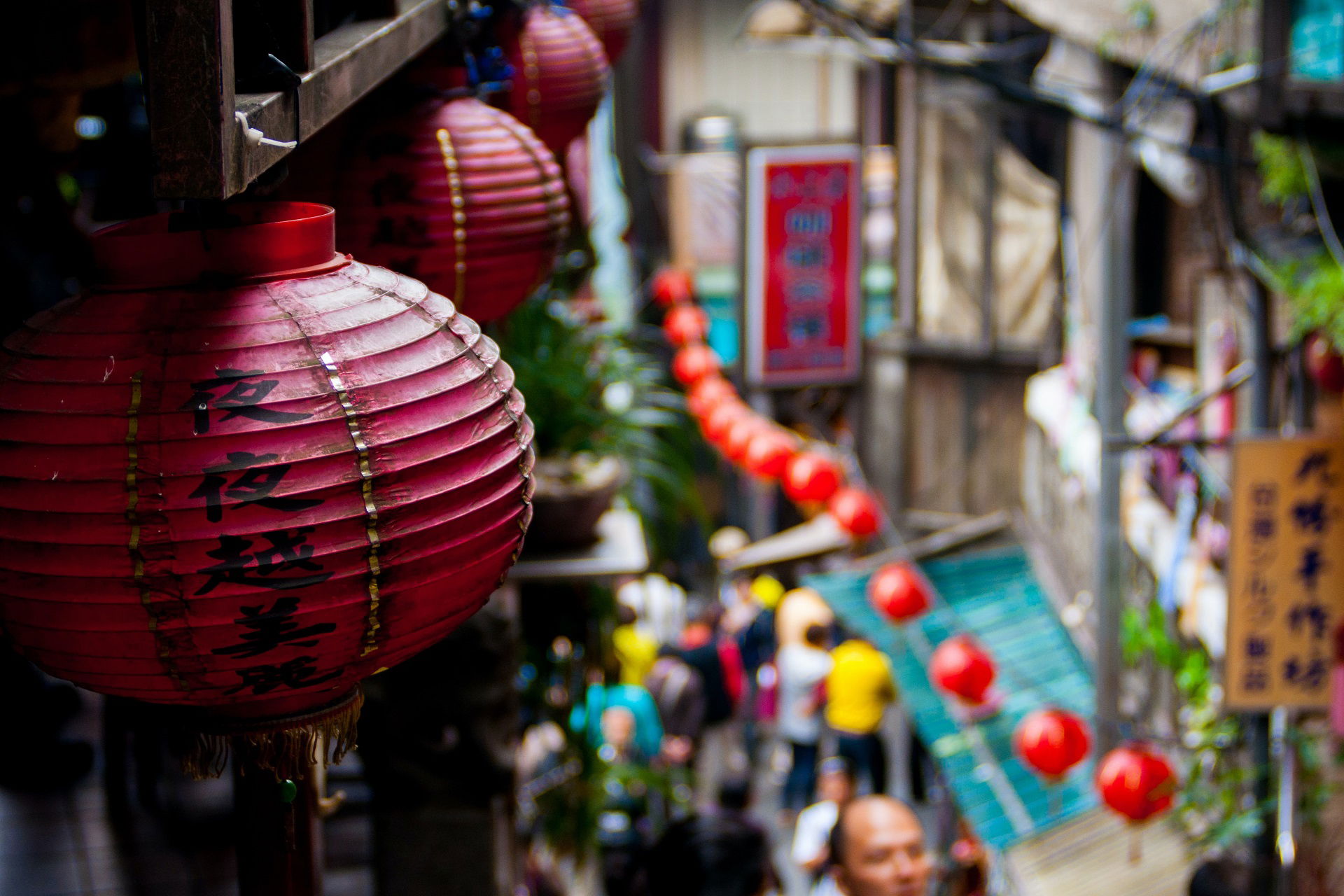Table of contents:
Japanese food culture is one of the most diverse in the world. It is known worldwide and is considered extremely healthy and tasty. Restaurants around the world have successfully specialized in the unique style of dining, especially in Europe and the USA. However, it took several decades for the culinary masterpiece to make its way to us.
How did the cuisine come to us?
Of particular interest is the path traditional Japanese cuisine has taken and the influences that have made it what we know today.
A brief history lesson:
In the 16th century, Japan had repeated contact with the Western world, particularly with Holland, Portugal and Spain. As Western nations were considered colonial powers and therefore potential enemies, no lasting relationship developed between the countries. Only the Dutch managed to maintain contact and ultimately remained Japan's only point of contact with the Western world and cuisine for the next two hundred years.
It wasn't until the 19th century that the situation changed with the forced opening of Japan and the signing of the so-called unequal treaties. Japan was forced to open its ports to economic superpowers such as the USA, Great Britain, France and Russia, allowing them to trade with Japan. This was the first time the world came into contact with Japanese culture and cuisine on a larger scale.
At the end of the 19th century, it happened: an emigration movement from Japan set course for the USA. The influx into major cities also contributed to the rise of sushi in the USA. In 1972, for example, a sushi bar opened in the elite Harvard Club in New York City, which the New York Times reported extensively on . This movement launched the revolution of Japanese cuisine as we know and love it today.

The food culture
In Japanese food culture, the saying "The eye eats with it!" is truly lived. It's about seeing taste, appearance, texture and tableware as a unit. The Japanese believe that you should eat as many foods as possible throughout the day so that all taste buds in your mouth are satisfied and the body receives the necessary nutrients. That's why they cook with many different fresh foods at every meal. Whether it's breakfast, lunch or dinner, preparing the food takes a lot of time. Breakfast alone can contain up to 30 ingredients – we eat this amount over the entire day.
Fresh fruit of very high quality is also significantly more important than here. Juicy, red strawberries that are very aromatic and sweet are not always found in supermarkets here, while it is the norm in Japan. On the other hand, fruit and vegetables are significantly more expensive on average. Juices are also freshly squeezed and not bought from the supermarket. Kitchen appliances such as a juicer are therefore a key part of making fresh juices . Ready-made juices – which may only be called this if they have 100% fruit content – are of course also available, but compared to freshly squeezed juices, they are more popular than in this country.
The fresh fruit and other factors ensure that Japanese food itself has a much higher value than ours. A reason for the Japanese to celebrate – dishes, for example, are artfully arranged with carrot slices shaped like butterflies or rice balls shaped like flowers.
When it comes to ingredients, selection, specialties and arrangements of dishes, the variations in Japanese cuisine are limitless. A special feature of traditional Japanese cuisine – Washoku – is its connection to nature and its diverse local ingredients. Japanese cuisine is heavily influenced by the seasons, and the types of dishes, vegetables, fruits and fish change with the seasons. Especially today, when fruit and vegetables are readily available through imports and greenhouse cultivation, the Japanese focus on regional and seasonal products to emphasize their connection to nature, especially in terms of health. It's no wonder that Japanese cuisine is considered the healthiest in the world, not to mention the high life expectancy of the Japanese.
The most important basic rules of table etiquette
Just as strict as the Japanese are in their requirements for freshness, seasonal ingredients, sophisticated arrangements and balance of natural ingredients, they are also careful to follow the basic rules when eating. While they are aware that foreign guests are not entirely familiar with Japanese customs, and it is not expected accordingly. It can't hurt to keep a few basic rules in mind when you go out to eat or are invited to eat in Japan.
Unlike here, food in Japan is not served on a single plate, but in many small and artfully arranged bowls. In addition to rice, the valuable staple food for the Japanese, various soups form an important basis of Japanese cuisine.

Japanese table etiquette differs greatly from others, so there are many things to keep in mind. For example, you should avoid sticking chopsticks vertically into rice or passing food from chopsticks to chopsticks, as this is reminiscent of a Buddhist death ritual. Associations with death can also be evoked by crossing chopsticks on the table, so you should be careful not to cross chopsticks and to place them back on the Hashioki or chopstick holder when not in use.
After you have taken in the overall impression of the bowls and dishes and everyone is ready, you use the modest phrase Itadakimasu (German: "I will receive"). Even though Itadakimasu is most closely translated to the German "Guten Appetit", the phrase has a different meaning. Itadakimasu wants to express two things: a humble thank you to the cook or the host of the meal and the signal that you are now starting to eat.
In addition to these rules, there are many more that can or must be observed. Whether in Japan or a nearby restaurant, politeness is important, which is why it shows respect for the culture and the hosts to have a few basic knowledge.
Anyone who has eaten in a restaurant will probably wait in vain for the waiter to bring the bill. In Japan, you usually pay at a central cash register in the entrance area of a restaurant and not directly at the table. Even if the service was excellent and the food was delicious… In Japan it is not customary to tip, and most waiters would probably chase after the guests to politely and modestly return the tip.
As mentioned at the beginning, the Japanese do not expect foreign guests to follow Japanese etiquette exactly, but it is still recommended to base your own behavior on that of the host or other people. At least you should try it out, because Japanese etiquette reveals more about Japanese society, tradition and culture than we might imagine.
Pictures - Source
Cover photo: unsplash.com © thecupandtheroad Fig. 2: unsplash.com © louishansel Fig. 3: unsplash.com © kofookoo


Comments